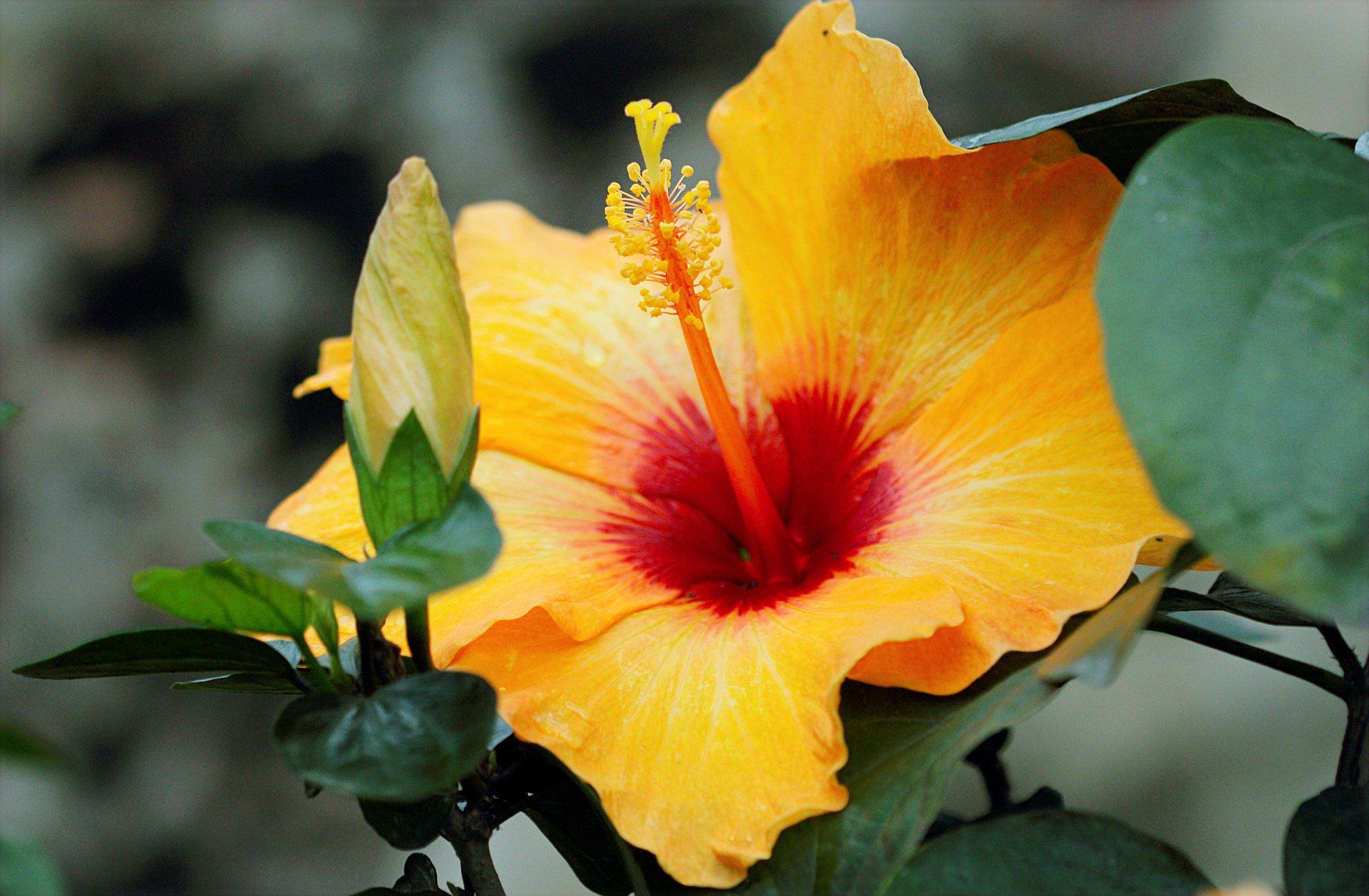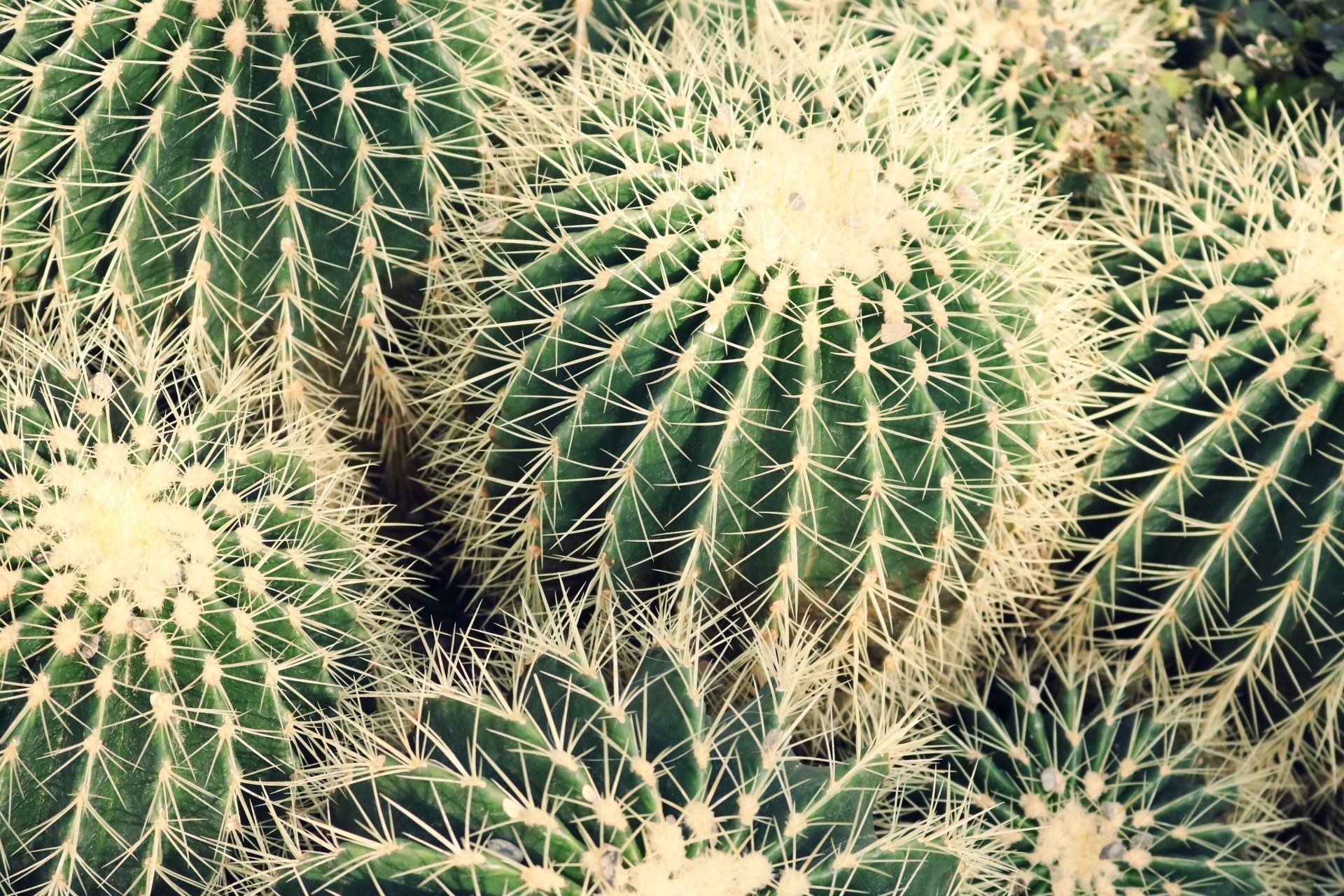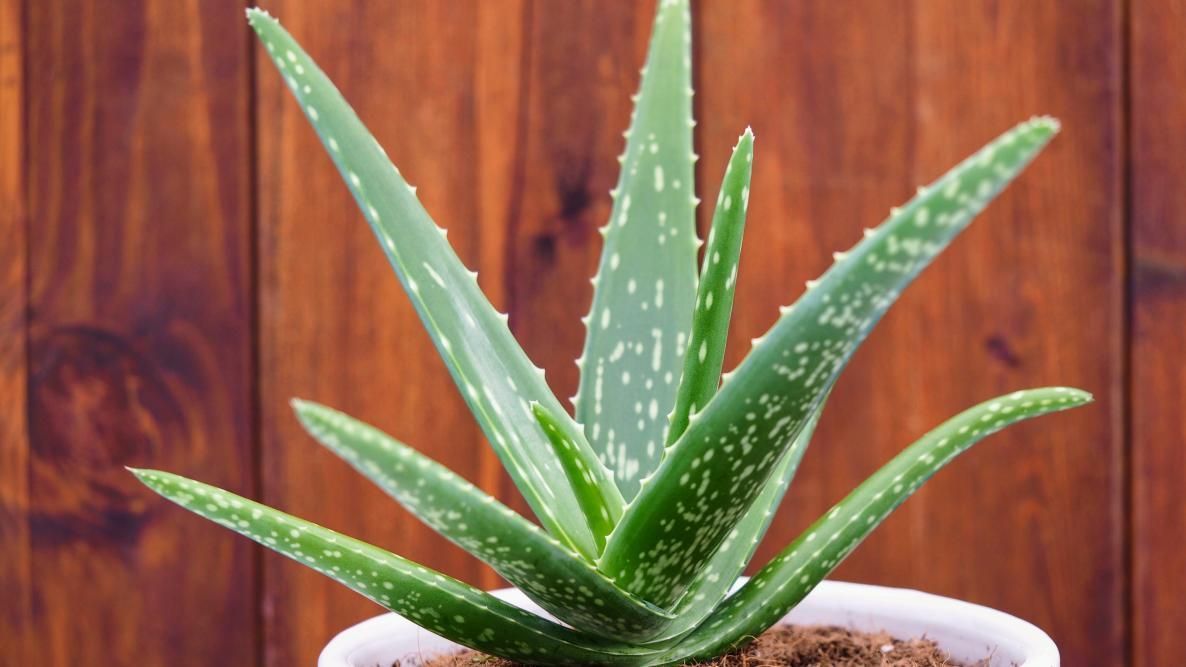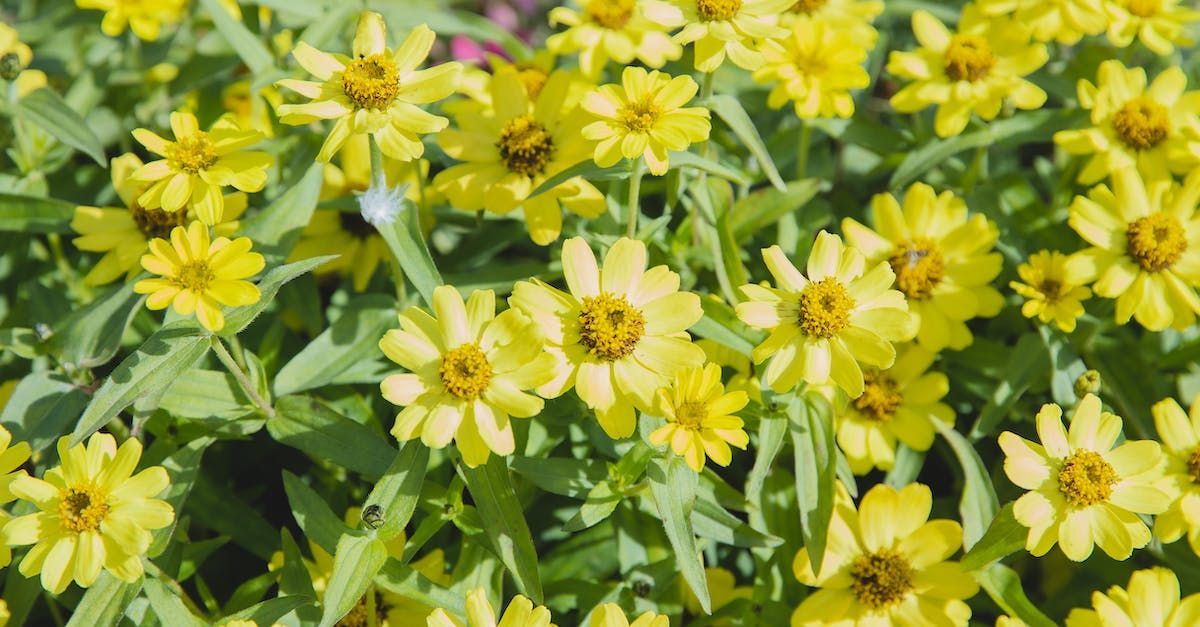Spring is in the Air- Air Plants
If you’re searching for the easiest plant to grow, air plants, or Tillandsia, should be on your list.
Did you know air plants are in the Bromeliad family? This is a larger family than the Broussards, with over 650 species that vary in size, texture, shape and color. They are native to the West Indies, Mexico and much of Central & South America. In that habitat, this unusual species attaches itself to rocks and trees using its roots. They get nutrients and water from the air, which is how they came to be known as air plants. The cool fact is, as its name implies, no soil is necessary for this plant to grow and thrive!
Even though there are so many varieties of air plants, they can fall into two different categories: Xeric and Mesic.
What are the Xeric types?
These air plants have flattened, silvery leaves that are covered with tiny hairs. These hairs assist them in absorbing moisture, which is how that have adapted to surviving desert conditions.
What are the Mesic Types?
These air plants boast darker green, smooth and often curly leaves that thrive in high-humidity rainforest conditions.
With such little maintenance requirements, air plants are not fussy and will adapt to your office or home conditions with minimal care! Here are some guidelines to keep them healthy and top-notch.
Light:
Air plants require plenty of light, so place them somewhere light streams though. However, direct sun will dry out their leaves quickly and can cause them to dehydrate and wilt. Therefore, placing them in the light of your office or kitchen windowsill is more idyllic than outside on your patio table where the sun shines directly.
Water:
Both types, Xeric and Mesic, of air plants should be soaked in clean room-temperature water for about 20 minutes. The Xeric types should be spritzed twice a week and soaked once a month. The Mesic types like to be spritzed every other day and once a week. Spritzing should also be done with clean, room-temperature water in a spray bottle. After soaking, shake off any water left on the plant and place it somewhere with good air circulation so it can dry quickly.
If you notice the leaves are beginning to wrinkle or roll, this is a sign of dehydration. Give them a good soaking session and spritz them more frequently so they can perk back up.
Temperature:
Our typical indoor temperatures are perfectly suitable for air plants, which makes them ideal for home and office décor. To be exact, they like temps ranging from 50-90 degrees Fahrenheit.
Pruning:
Don’t fret because it is common for the outer leaves of an air plant to dry out and turn brown. You have not failed! These spent leaves can simply be removed. If the leaf tips show the same signs, you can cut off the tips and carry on with regular care. The plant will continue to grow and have a fine future.









